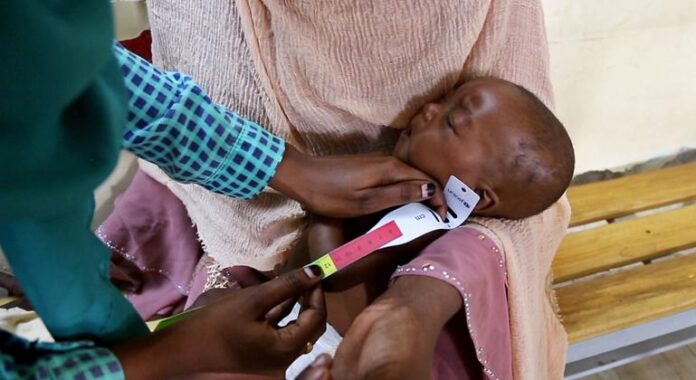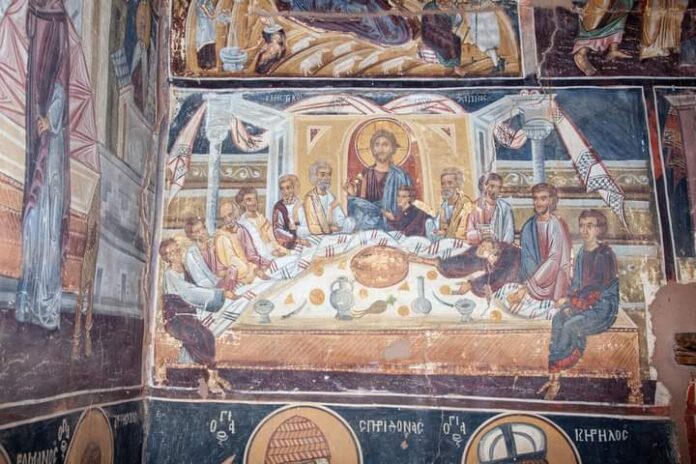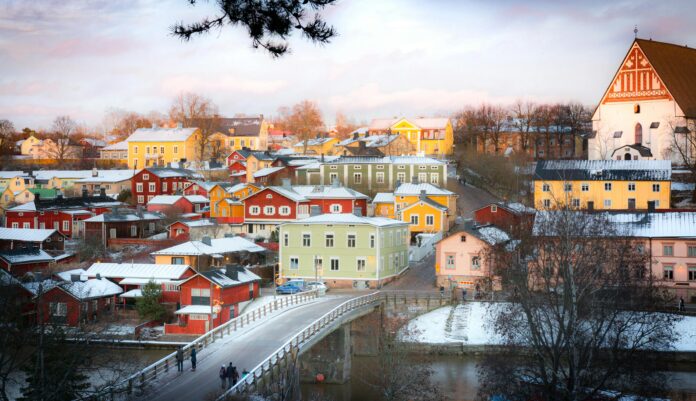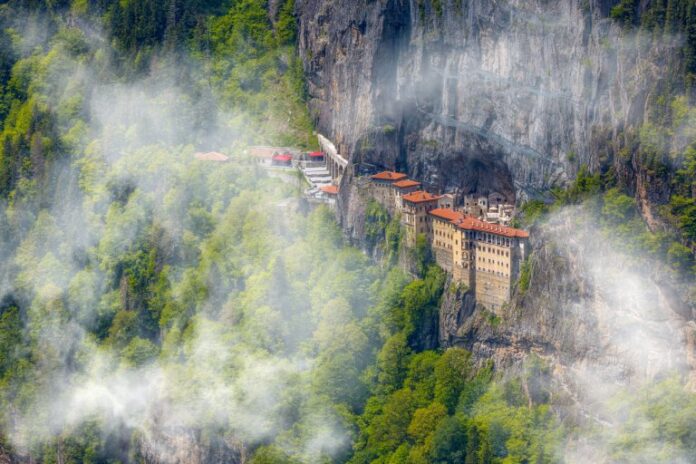A $2.7 billion plan to support nearly 15 million people this year is less than a third funded, resulting in huge shortfalls, which also impact local organizations at the forefront of the response.
“To stop a large-scale famine from taking hold, donors must urgently scale up their financial support while using diplomatic means to push for opening up of humanitarian access,” said Clementine Nkweta-Salami, the UN Humanitarian Coordinator for Sudan.
“If not, we will see an even more catastrophic situation unfold,” she warned.
‘Man-made crisis’
The appeal came a day after global food security experts declared that after 15 months of war, famine is prevalent in parts of North Darfur, particularly in the Zamzam camp for internally displaced persons (IDP), located near the state capital, El Fasher.
Ms. Nkewata-Salami said the findings reflect the gravity of the situation on the ground, noting that the people of Sudan have “suffered relentlessly” since war erupted between rival military forces.
“This is a man-made crisis, one which can be resolved if all parties and stakeholders uphold their responsibilities and commitments to the populations in desperate need,” she said.
“The humanitarian community in Sudan has been ringing the alarm about the unfolding hunger catastrophe and the risk of famine while the conflict has raged on, causing displacement, disrupting basic services, destroying livelihoods and severely restricting humanitarian access.”
Record hunger, immense needs
The experts said the famine conditions in Zamzam camp – home to some 500,000 people – are likely to persist through October while another 13 areas are at risk.
They highlighted that Sudan is facing the worst levels of food security in its history. More than half the population – 25.6 million people – are experiencing acute hunger. This includes more than 8.5 million who are facing emergency levels of hunger and more than 755,000 people suffering catastrophic conditions.
In response, humanitarians have been ramping up operations in recent months, but the needs are immense, Ms. Nkewata-Salami said.
“The humanitarian community is pushing ahead on multiple fronts, including urgently moving food, nutrition and health supplies and agricultural inputs to the highest risk areas, ramping up cash assistance to communities in need and scaling up presence where hunger is most acute,” she added.
Silence the guns
“But to do this, we need the guns to be silenced to enable humanitarians to reach the people in need,” she said. “We need an urgent injection of funding for the aid operation as well as safe and unimpeded humanitarian access, including across borders and battle lines.”
Separately, a senior official with the UN refugee agency, UNHCR, also called for donors to step up support to Sudan and for the war to end.
“The warning signs were there for months. Now we have the tragic confirmation that there is famine in Sudan’s North Darfur region,” said Mamadou Dian Balde, the UN agency’s regional refugee coordinator for the Sudan situation.
“With appalling human rights atrocities, the forced displacement of over 10 million people since the start of the war last year and the lack of the most basic services for a large percentage of the population, the world’s most pressing humanitarian catastrophe is growing and deepening every day, threatening to engulf the whole region.”
He added that as famine and hunger increase in Sudan, people fleeing to neighbouring countries “will arrive in more and more precarious conditions”.
“Urgent action is vital to avert even more death and suffering,” he said.














